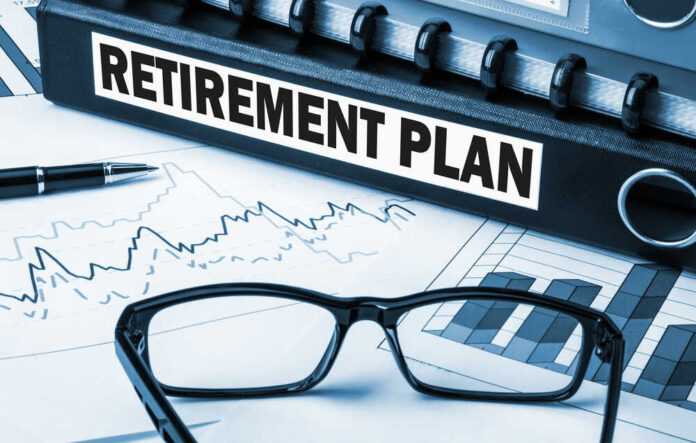Seniors in the United States find it harder to retire on Social Security and savings alone.
As retirement specialist Teresa Ghilarducci points out, the system fails to provide for the lowest 90% of workers adequately. According to Ghilarducci’s findings, just 10% of Americans in the 65–70 age bracket are retired and financially secure. Many Americans in their golden years of retirement live below their previous standard of living.
People live longer than ever, and Republican legislators have suggested increasing the Social Security retirement age from around 67 to 70. Younger workers increasingly believe they can keep working far into their late 60s and beyond, even though the typical retirement age is 62. Many retirees reluctantly quit their employment.
The issue of American workers lacking sufficient retirement funds has worsened due to the rising wealth disparity in the country. There is a wide disparity between the wealthy and the poor regarding retirement benefits. The rich may enjoy better health for a more significant portion of their retirement, extending it by around 20 years. Poorer people with meager retirement funds do not live as long.
The United States has relied on 401(k) plans for retirement funding for the past four decades, but the system has fallen short of expectations. Because the 401(k) is designed as a do-it-yourself system, many people are left without the resources they need to save for retirement.
Ninety percent of workers are disadvantaged due to the 401(k)’s architecture and the tax code. The working longer theory states that the wealthy gain when individuals put off collecting their Social Security payments. To protect middle-class workers from poverty in old age and keep living standards stable, the “Gray New Deal” proposes several remedial programs and policies. These include more funding for Social Security and assistance for people who choose to work, as well as a Retirement Security Act and a universal pension system.
Many think it’s unfair and insufficient that the top 10% of workers do better under the system.















